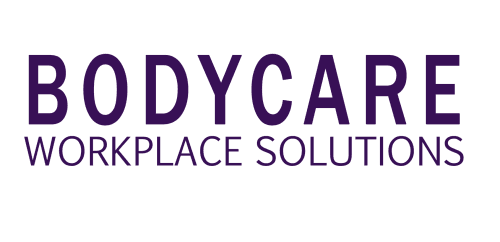Ergonomics: What it’s worth for your business

More and more businesses are recognising the benefits of investing in ergonomics and ergonomically designed workstations.
While the upfront costs can be enough to turn some away, for those that are looking to invest in their people and set their teams up for long term success, the benefits are imminent and the value is clear.
Here we look at the advantages of investing in ergonomics from a business perspective and discuss how ergonomics can positively impact your workforce.
What is ergonomics?
Ergonomics is the study of the relationship between workplaces and workers, ensuring both can function together in a healthy and safe way. It combines a number of different disciplines including design, engineering, physiology and psychology.
Conducting an ergonomic analysis of your workplace enables your business to make changes to the overall design, ultimately reducing the likelihood of accidents and injuries from occurring and create an overall safer working environment. Equally, it educates workers about the risks their working practices can pose to their physical and mental health. This means that they can identify potential problems and implement new ways of working to lower their risks and likelihood of sustaining an injury or illness.
Examples of workplace ergonomics in practice include:
- Changing an office or workstation layout to make it less cluttered
- Investing in new equipment to make particular jobs safer
- Changing your posture or the way you manually handle items to reduce the risk of musculoskeletal injuries
- Identifying the causes of stress at work and taking steps to reduce them
The concept of ergonomics can be applied to any workplace or industry. It creates a safer, healthier and more productive experience for employers, employees and customers. By doing this, it can save your business money and increase your profits. Here’s how.
1. Improved productivity and efficiency
If your employees are uncomfortable, in pain, or stressed, their performance can be compromised. Having ergonomically designed workspaces make the working environment safer and when coupled with ergonomic workshops or training sessions, teaches employees the techniques they need to safeguard their physical and mental wellbeing. This makes them more productive and efficient so they can achieve more in a shorter amount of time.
2. Better product or service quality
No matter what your business produces or supplies, your reputation depends on the quality of your offering. Research suggest that employees who are healthy and comfortable within their working environment, have higher attention to detail as they’re not distracted by pain or stress.
For example, if an employee working on a production line is required to stand in a stooped position for an extended period of time to perform their role, it’s highly likely that they will begin to feel discomfort and their attention will move to the way their body is feeling rather than the task at hand. If the employee could instead perform the same role in a sitting position to remove the uncomfortable feeling, their attention and focus will remain on the task at hand, ultimately resulting in a higher quality output and more satisfied customers.
3. Reduced costs of injury and illness
Every time one of your employees is absent due to illness or injury; it costs your business money. Your output is reduced and others within your team are required to pick up the slack and work harder to cover the same workload. You also have to pay for the time of the person who is ill, even though they’re not there.
Poor ergonomic practices often lead to employees spending extended periods of time in awkward and sustained postures. These very postures are one of the primary causes of many workplace injuries. For example, a poorly set up desk or computer workstation can often lead to an individual experiencing pain in the neck and upper back or experiencing soreness in the hands and forearms and in some cases experiencing pain in the lower back.
By setting up a workstation in ergonomically friendly manner, you can vastly reduce the risks of your employees suffering injuries or accidents at work as well as help to prevent a number of common illnesses, which are leading causes of time taken off work.
4. Increased staff retention
If your employees are suffering from pain or poor health as a result of doing their jobs, they are more likely to leave for a company that offers better conditions. Every time this happens, you have to go through the recruitment process to find a replacement, which takes time and money. There are also often costs involved in training the new employee.
Correct ergonomics design mitigates this risk and ensures your workplace and personnel are safe, healthy and feel valued by your organisation. This results in them being more likely to stay with your company for longer.
With an increasing number of organisations now implementing ergonomic programs, it’s important to remember that everyone is different and therefore whenever you have a new recruit joining your team,consider their unique ergonomic needs. You need to start your own programs if you want to remain competitive. The short term costs result in a wide variety of long term benefits, making economic sense for your company.
If you’d like to know more about how ergonomics could benefit your workplace, please contact us. Our specialist team will be happy to discuss your individual requirements.


